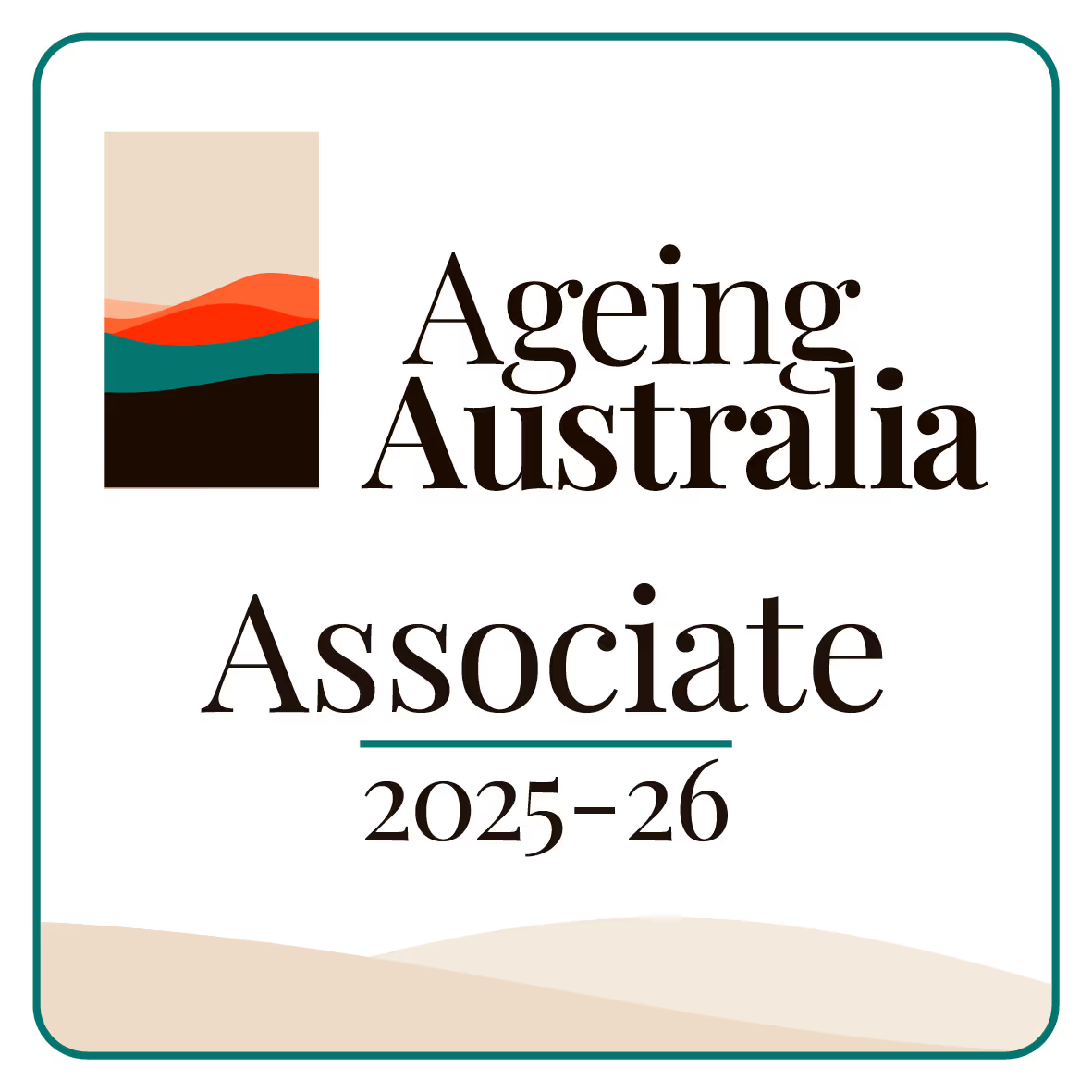Keeping an aged care home safe is not just about having caring staff and clean bedsheets. The walls, floors, doors, and every squeaky hinge or flickering light play a part in the safety puzzle. When these things are not working as they should, they can quietly become safety traps.
Let us talk about how you can stay ahead of trouble by keeping your aged care facility in good shape, one bolt and button at a time.
Why Maintenance Matters More Than You Think
Think of your aged care home as a body. Just like a person needs regular check-ups, so does the building. A loose floorboard or a faulty bed rail may seem harmless at first, but over time, they can lead to serious accidents or injuries.
It is easy to overlook a dripping tap or a cracked tile when you have a hundred other things on your plate. But in aged care, even the small stuff matters. One loose tile can mean one painful fall. And when it comes to older adults, a fall is not just a bump—it can change a life.
Make Maintenance Part of the Daily Routine
You do not need to wait for a leak to become a flood. Having a regular maintenance schedule is your best defence against costly repairs and safety risks.
Here are a few things you can do to keep things ticking:
- Daily walk-throughs: Keep your eyes peeled for frayed cords, broken handles, or anything else out of place.
- Weekly checks: Test alarms, look at doors, inspect lighting in hallways.
- Monthly inspections: Deep dive into plumbing, heating, and ventilation systems.
- Seasonal repairs: Prepare for winter chills or summer heat before they arrive.
Make it a habit. Add it to your calendar like you would a staff meeting. When it becomes routine, it becomes easier.
.png)
The Equipment Needs Love Too
Aged care equipment is used every single day. Beds go up and down. Wheelchairs get wheeled around. Lifts take people from one level to another. When one of these stops working, it is not just inconvenient—it is dangerous.
You would not drive a car with faulty brakes, right? So why roll the dice with equipment that supports elderly residents?
Here is what you can do:
- Inspect all equipment on a regular basis.
- Keep detailed records of each item—when it was last checked, what was fixed, and when it is due again.
- Train your staff on how to report issues the moment they spot them.
This helps you catch problems before someone gets hurt or stuck in a faulty lift.
Do Not Wait to Fix Hazards
When it comes to hazard repair, sooner is always better than later. It is tempting to put off minor repairs, especially if they seem harmless. But hazards do not send calendar invites. They just show up and cause trouble.
A cracked handrail. A bathroom floor that stays wet too long. An exit light that flickers when it wants to. Each of these can become a serious safety issue if left ignored.
What can you do?
- Keep a clear list of reported hazards.
- Prioritise repairs based on risk—fix what could hurt someone first.
- Follow up to check that repairs have actually been done.
Putting a band-aid on a broken system only makes things worse later.
Keep Fire Safety in Check
Fire safety is not just about having a fire extinguisher in the corner. You need working smoke alarms, easy-to-access fire exits, and clear paths in every hallway.
Make sure:
- Smoke alarms are tested regularly.
- Emergency lights are working—they should guide the way even in a blackout.
- Fire exits are never blocked—no trolleys, no chairs, no nothing.
You might only need these things once. But when you do, they better work.
Cleanliness Is Part of Safety
Floors that are too shiny. Spills that get ignored. Bathrooms that stay damp. All of these are safety concerns, not just cleaning issues.
Keep this in mind:
- Use non-slip mats and flooring wherever possible.
- Wipe spills right away—do not let them sit.
- Dry areas like bathrooms thoroughly and often.
Even the mop closet should be part of your safety plan. Keep tools in good condition, and never leave wet mops where someone can trip.
Lighting Can Make or Break Safety
Good lighting does more than help someone read the lunch menu. It helps people see hazards before they trip over them. Older adults often struggle with vision, especially in dim lighting.
What helps:
- Bright bulbs in corridors, bathrooms, and bedrooms.
- Motion-sensor lights for night-time bathroom visits.
- Regular checks to replace blown bulbs or flickering lights.
Let there be light—and plenty of it.
.png)
Noise Can Be a Sneaky Hazard
Believe it or not, too much noise can become a risk too. Machines that buzz loudly or equipment that screeches when it moves can distract staff or confuse residents, especially those living with dementia.
Regular maintenance of loud equipment helps reduce that kind of confusion. Grease squeaky wheels, tighten loose bolts, and keep noisy machines in check.
Plan for the Worst. Hope for the Best.
Even with all the best planning, things can still go sideways. That is why having a backup plan matters. And that backup plan includes:
- Clear signage for emergencies
- Up-to-date contact lists for tradespeople
- Emergency toolkits with flashlights, batteries, and other essentials
- Staff who know what to do when something breaks
If a pipe bursts at midnight or the heating dies during a cold snap, everyone should know exactly what comes next.
Involve Your Whole Team
Facility maintenance is not a one-person job. Get your team on board. When everyone feels responsible for safety, you catch things quicker.
Encourage staff to:
- Report problems quickly, no matter how small
- Keep their own areas tidy and safe
- Speak up if something feels off
Sometimes, the cleaner knows about a leak before anyone else does. Sometimes, the cook hears the rattling in the fridge motor. Everyone’s eyes and ears count.
Write It Down or It Did Not Happen
It is easy to forget when something was last fixed or checked. That is why a written maintenance schedule is your best friend.
Keep a log of:
- What was checked
- When it was checked
- What was found
- What was fixed
- What still needs work
You will thank yourself when an audit rolls around or when a repair job pops up that you swear you just handled last month.
.png)
Your Facility Is Always Talking—Are You Listening?
Sometimes, the building gives you clues. A musty smell, a strange noise from the vents, or a puddle that shows up where it should not be. Do not ignore those little nudges. They are your building’s way of saying, “Something is wrong.”
And if you listen early, you can fix the problem before it gets worse.
Final Thoughts: Maintenance Keeps People Safe
Facility maintenance in aged care is not about ticking boxes or doing busywork. It is about keeping people safe, healthy, and comfortable. The residents are counting on you to take care of the place they call home. When maintenance is done right, it helps everyone breathe a little easier.
So grab that toolbox, update that checklist, and fix that squeaky door. Your future self—and your residents—will thank you.
Remember:
The building is only as safe as the care you put into it. Keep it standing strong by paying attention, acting early, and fixing what needs fixing. It is not just maintenance—it is peace of mind.










